Is collecting timeless pieces and antiques your hobby? Do you particularly love Atlas mason jars for their unique aesthetic value and their lasting significance? Are you having trouble identifying actual Atlas mason jars and determining their monetary value?
If you’ve answered yes to those questions, we understand how you may be feeling. Atlas mason jars are one of the most generally desired vintage mason jars. Unfortunately, however, there are several fake Atlas mason jars in the market.
As a collector, you must know how to tell the difference. Otherwise, you may end up picking worthless mason jars and regretting your purchase. We understand that feeling too well and are here to help you avoid it.
That’s why we’ve written this Atlas mason jar value guide for collectors like you. By the end of this article, you’ll be able to distinguish fake jars from genuine ones. You’ll also be able to tell their actual values in an instant.
Are you excited? We are too. Let’s get started.
Table of Contents
History of Atlas Mason Jars
The mason jar is named after its inventor, John Landis Mason. A New Yorker and tin smith, Mason, invented and patented these unique glass jars in 1858. He produced them by creating a machine that made lids through thread cuts.
Mason’s invention gave way to other companies creating subsequent varieties of mason jars. That’s mainly because he sold his patent to various buyers before dying as an impoverished man around 1900. Other jar inventions include the clamped glass-lid jars by Henry Putnam of Bennington and ball jars by the Ball Brothers.
The Hazel-Atlas Glass Company, famous for its depression glass, made the Atlas mason jars and operated from 1902 until 1964. The company had the Ball Brothers and Kerr as their major competitors, especially in the 1940s and 1950s. After that, other companies started producing the Atlas mason jars.
The original mason jars had “Atlas” inscriptions instead of “Hazel-Atlas” engraved by newer companies.
How to Identify a Real Atlas Mason Jar
Like we mentioned earlier, there are many atlas jar imitations around. So, if you prioritize authenticity and quality, you must be careful when collecting Atlas mason jars.
You can discover actual Atlas mason jars by taking the following steps:
● Inspect the Bottom of the Jar
You’ll know a lot about an Atlas mason jar by examining its bottom. Original mason jars from Hazel-Atlas glass company have “H” and “A” embossed on their base.
Upon close inspection, you’ll discover that the “A” rests just below the “H.” Both letters are in capitals.
● Study the Inscriptions
The next step to identifying original Atlas mason jars is by carefully examining the inscriptions on the jar. In the middle of an authentic Mason jar’s body, you should discover an “Atlas” written on it.
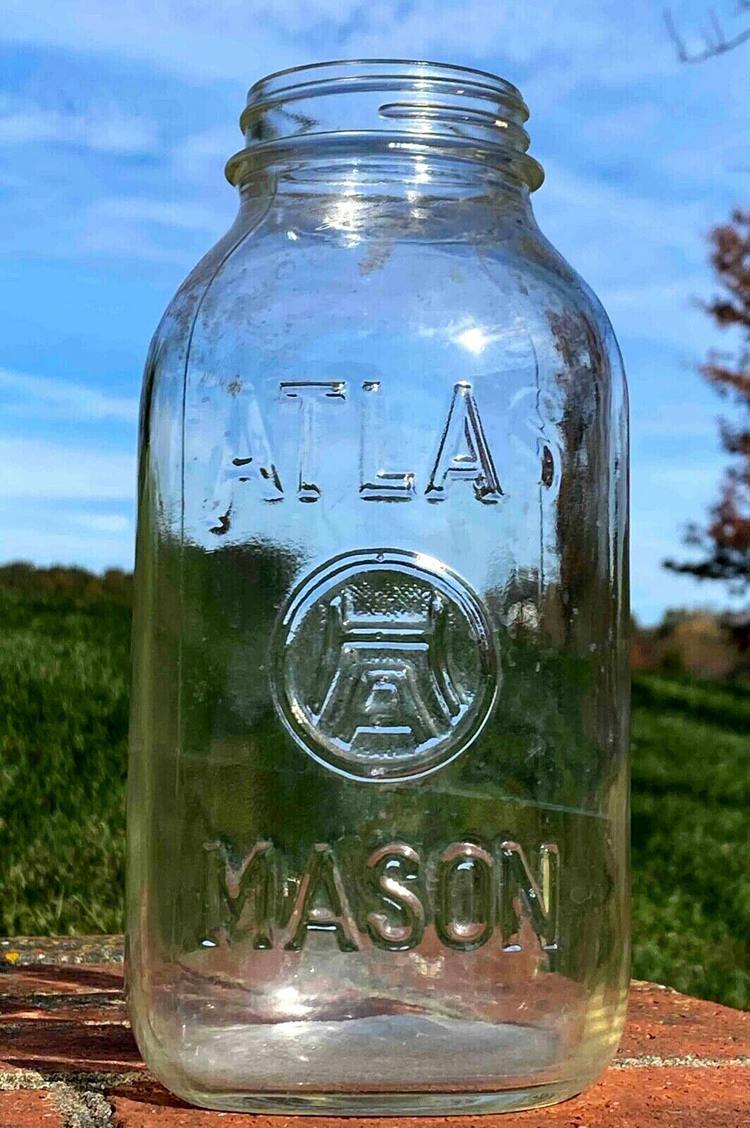
● Observe the Color
Original Atlas mason jars are typically clear or come in aquamarine colors. However, the color alone isn’t a strong indication of an authentic Atlas mason jar. That’s because some imitations take those colors and specific authentic ones have different hues.
How to Value Your Atlas Mason Jars
Now here’s the million-dollar question — how can you determine an Atlas mason jar’s value? We’ve compiled the most helpful answers for you below:
● Determine How Old They Are
When it comes to valuing mason jars, age is the most significant factor. Generally, the older a mason jar is, the more valuable they are.
Unfortunately, determining the age of an Atlas mason jar can be a hassle for a non-collector. That’s because manufacturers of fake Atlas mason jars may inscribe false old dates on them. To be sure of your jar’s production date, you’ll have to observe other characteristics.
For example, you can run your fingers around the jar to check its texture. Older jars will give a more ripple-like feel than new ones that are typically smooth. You may also check the jar’s name and mold seams.
For more information on how to date your mason jars, you’ll find this video helpful.
● Inspect the Colors
An Atlas mason jar’s colors can influence its value. Exotic color shades are typically costlier than the regular ones. Amber, purple, and green make excellent examples of such exotic colors.
However, thanks to technology, Atlas mason jars in those colors are also likely to be fake. Authentic Atlas mason jars in exotic colors are pretty rare.
● Check the Styles
Another way to determine an Atlas mason jar’s value is by considering its style. These mason jars come in various styles and shapes.
The most valuable ones are the Atlas E-Z seal, Atlas trademark mason, and Atlas strong shoulder mason. You’ll learn more about these types of Atlas mason jars as you read on.
● Assess the Jar’s Conditions
Specific conditions make different Atlas mason jars stand out from the rest. The presence of defects like scratches, cracks, chips, etc., can adversely affect the value of your mason jars. The more damaged the jars look, the less valuable they become, even authentic ones.
However, you must distinguish the manufacturer’s defects from other damage signs. While the producer’s defects don’t influence the jar’s value, damages from lack of maintenance do. That’s why a wavy-textured glass from a manufacturer is more valuable than cracked mason jars due to a fall.
● Compare Actual Sales Prices
Finally, you can determine how valuable a Mason jar is by observing the selling prices of similar ones. In doing this, remember that the actual sales prices are what counts.
Sellers typically like to list different prices (usually costlier than the real value) when jars are still selling. So, you cannot base your judgments on such quotations.
Top 7 Types of Vintage Atlas Mason Jars to Collect
Asides from their costs, vintage Atlas mason jars are valuable for their nostalgic effects. These seven vintage Atlas mason jars will invoke fond memories that you wouldn’t ever want to forget:
1. Atlas E-Z Seal Mason Jars
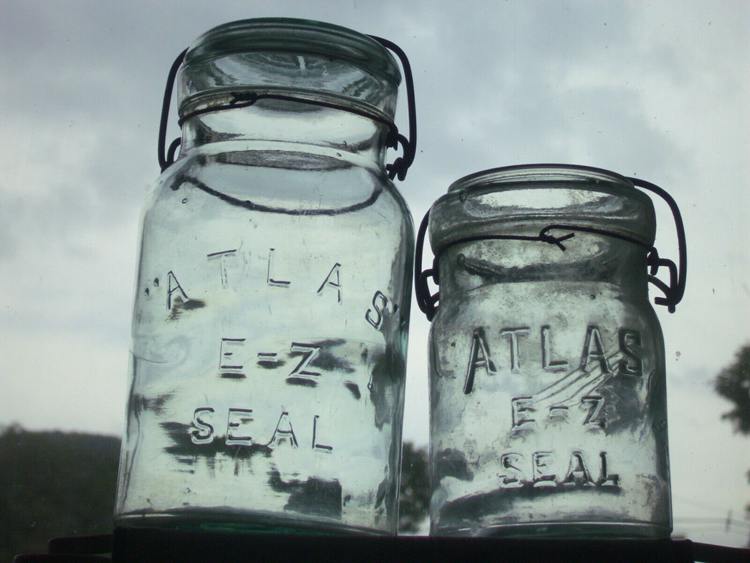
The earliest E-Z Seal jars are from 1910, and they’re the most valuable Atlas mason jars. These jars have an “E-Z seal” inscription on them. They also come in different sizes like a pint, half-pint, half-gallon, and quart.
Atlas E-Z seal mason jars have an integrated glass lid and a fastener. They also come in round shapes. This type of Atlas mason jar is suitable for storing dry ingredients only.
2. Atlas Square Mason Jars
The Atlas Square mason jars come in square shapes and the exact sizes as the E-Z seal variants. These jars have two-piece lids that are pretty common today.
Atlas Square mason jars have “Atlas” on their front, the “HA” symbol in the mid-body, and “Mason” at the bottom. You can see how this jar looks like here.
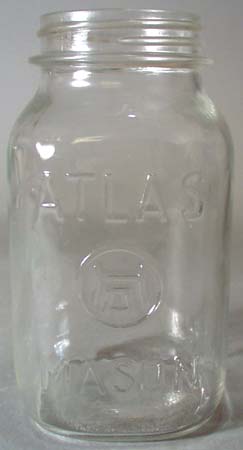
3. Atlas Whole Fruit Jars
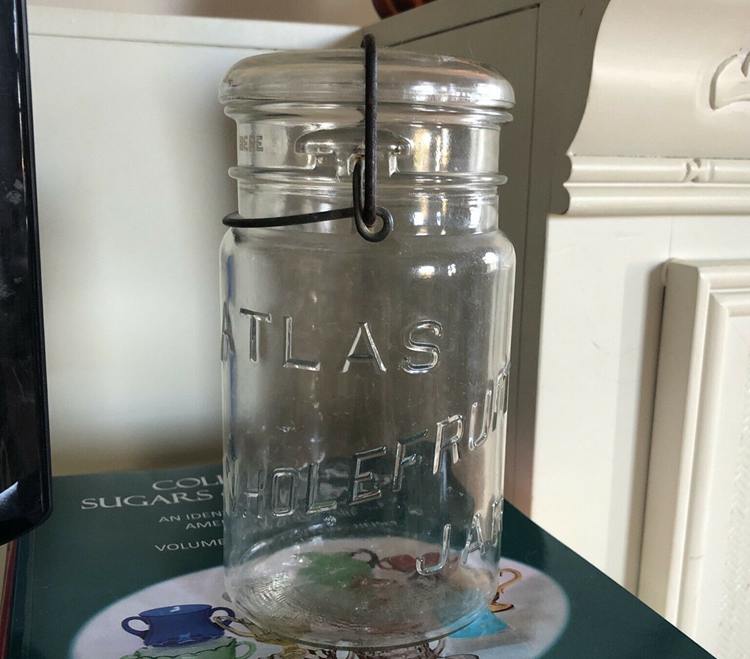
You can quickly tell this Atlas mason jar by the “Atlas Wholefruit Jar” inscription. The “Whole Fruit” crosses the middle of “Atlas” and “Jar” diagonally.
Atlas Whole Fruit jars come in pints, quarts, and half gallons. They’re round and suitable for storing dry ingredients.
4. Atlas Special Mason Jars
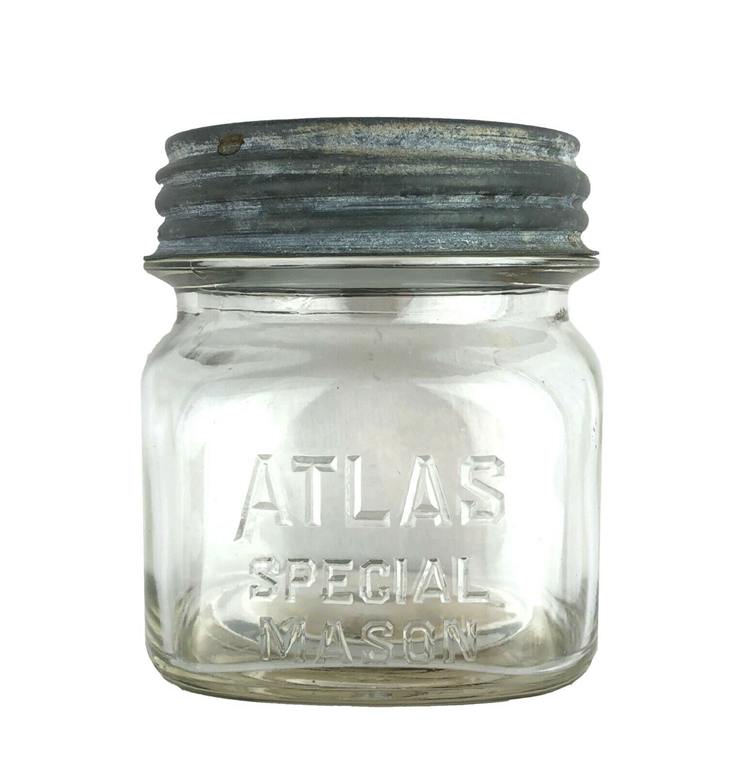
Like Whole Fruit jars, Atlas Special mason jars are easy to tell with their name inscriptions. They have a square shape and come in pints, quarts, and half gallons. They have a rubber seal and are great storage cans for dry products.
5. Atlas Good Luck Mason Jars
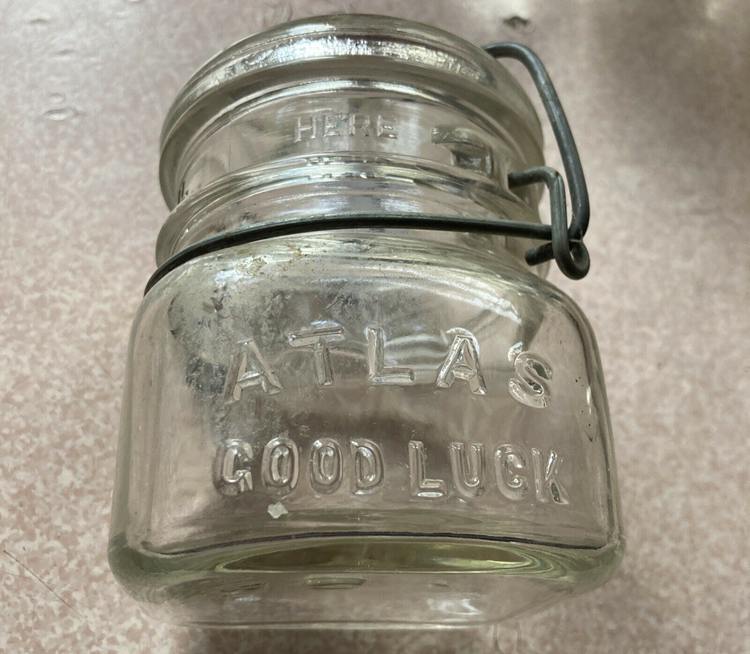
The Atlas Good Luck mason jar is pretty rare and valuable. You must keep it if you find an original one. They come in squares, and both their lids and body are glass. They have “Atlas” and ” Good Luck” written creatively.
These Mason jars are available in half-pint, pint, quart, and half-gallon sizes and they’re great for dry storage.
6. Atlas Junior Square Mason Jars
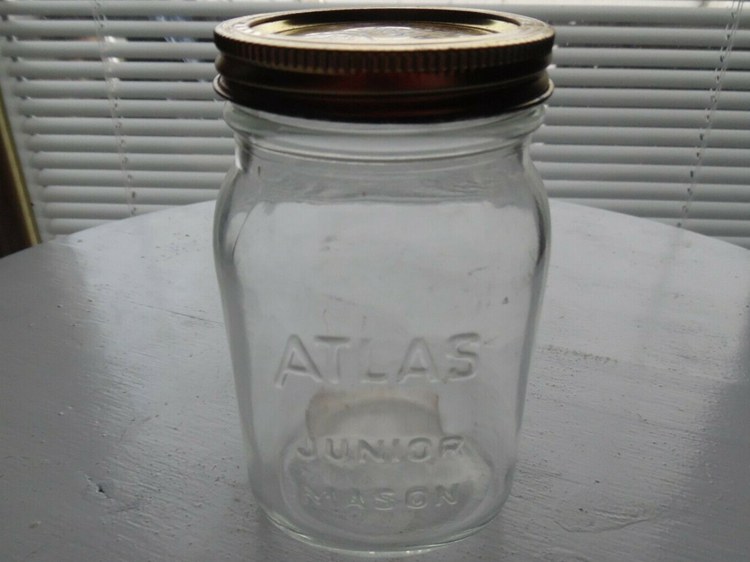
These jars are pretty unique because they only come in ¾ pints. Atlas Junior Square mason jars also have the Atlas seal-all #63 lids and bands. That’s precisely like the canning design that we use to date.
These jars come in squares. They have “ATLAS” engravings at the mid-body and “JUNIOR MASON” underneath.
7. Atlas Strong Shoulder Mason Jars
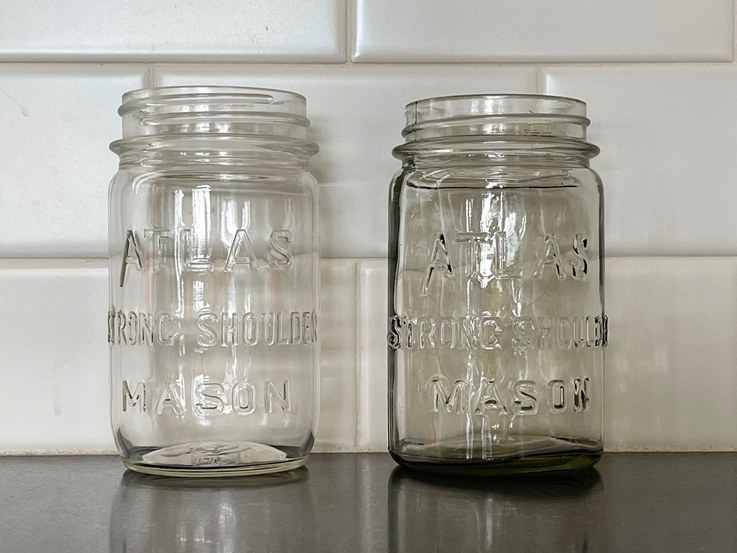
Another beautiful jar worth collecting is the Atlas strong shoulder mason jar. It has a round shoulder with a ” strong shoulder” slightly above it below the screwing threads. Its unique shape is one of its valuable characteristics.
This jar has “Atlas,” “Strong Shoulder,” and ” Mason” written on its body. The Atlas mason jar variant comes in various sizes. You can also call them Atlas Round Mason jars.
You can see how an Atlas Strong Shoulder mason jar looks like here.
It’s a Wrap!
Original Atlas mason jars are invaluable, especially if they’re the rare ones. If you follow our guide to the latter, you’ll be able to tell their actual values in no time.
The good thing is that authentic mason jars typically get costlier with age. So, collecting Atlas mason jars may prove to be a worthy investment in years to come.
Did you find our collector’s guide helpful? Do you have questions or contributions? Kindly drop your comments.
We’d love to hear from you.
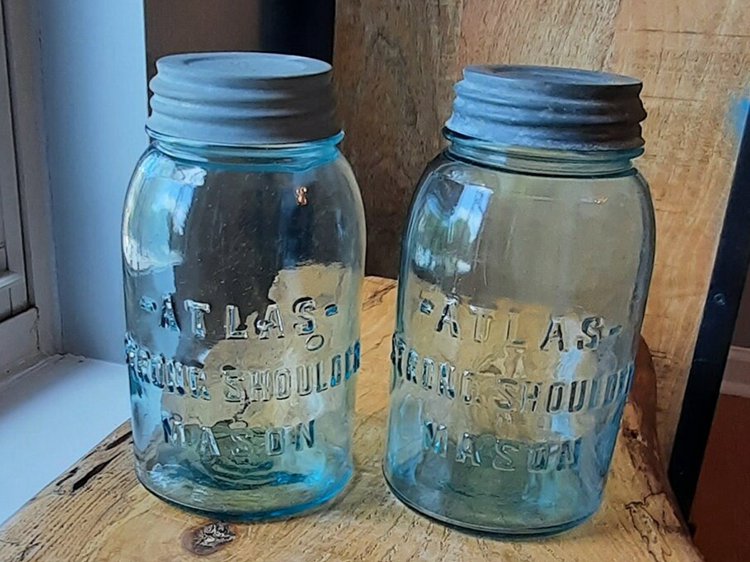
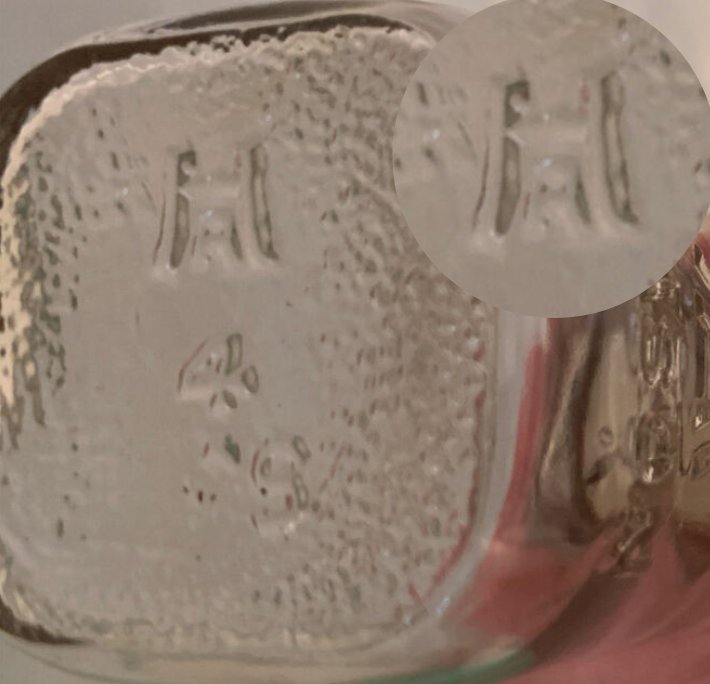
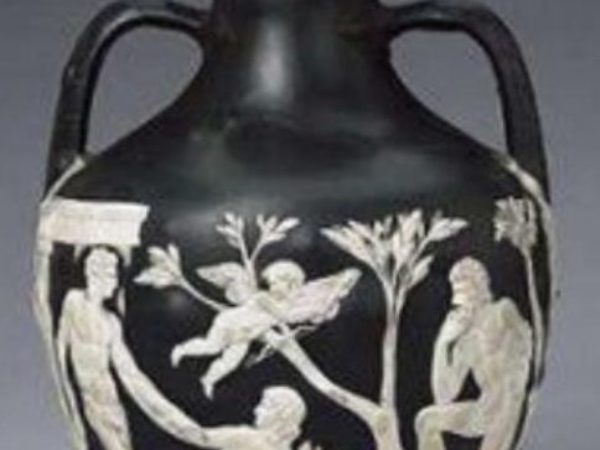
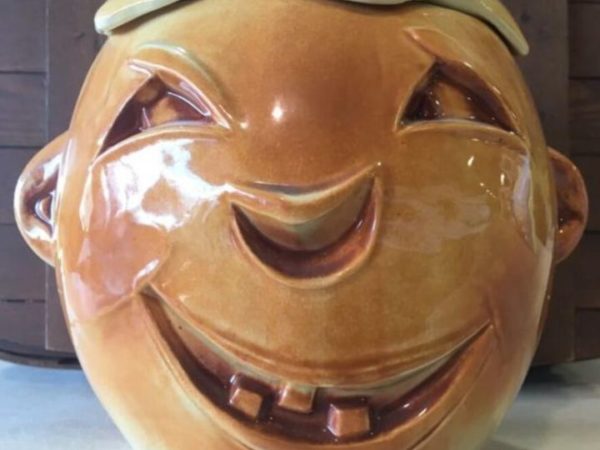

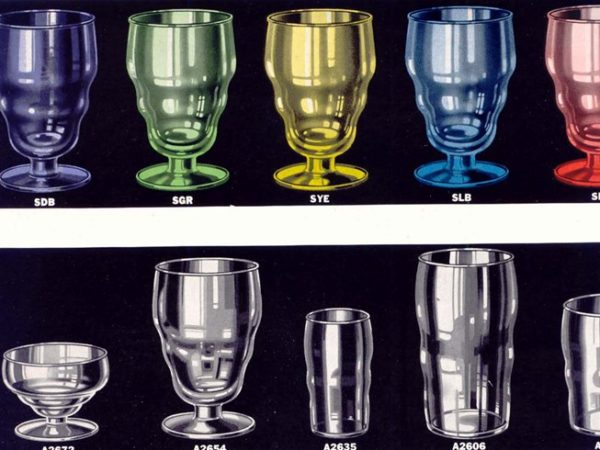
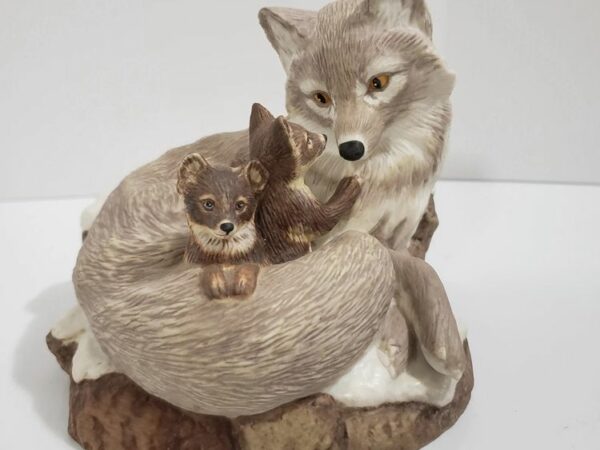
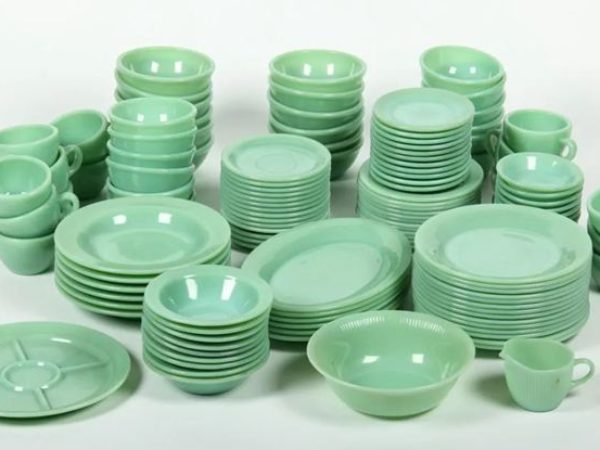
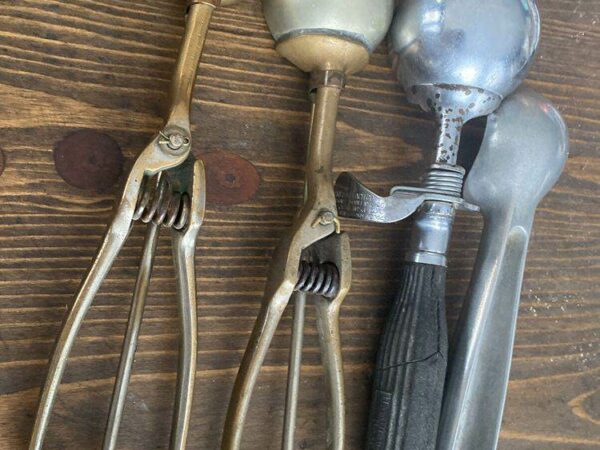
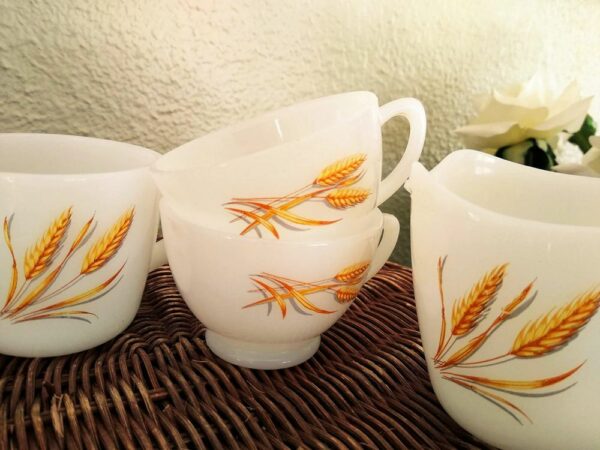
I have found some Atlas Strong Shoulder Mason jars with the letters “T” and “K” on the bottom. Do you know what these are? I can’t seem to find anything on the Internet about them.
I have a square quart jar that has Atlas E-Z Seal on it. However, there is also the emblem of the HA in the center of the jar, not encircled.
Can you give me any info and or value idea?
Why isn’t there a list of Atlas jars by age like the Ball jars have? I have many Atlas jars and would like to see their age. It’s very frustrating trying to see how old the jars are. Thanks!